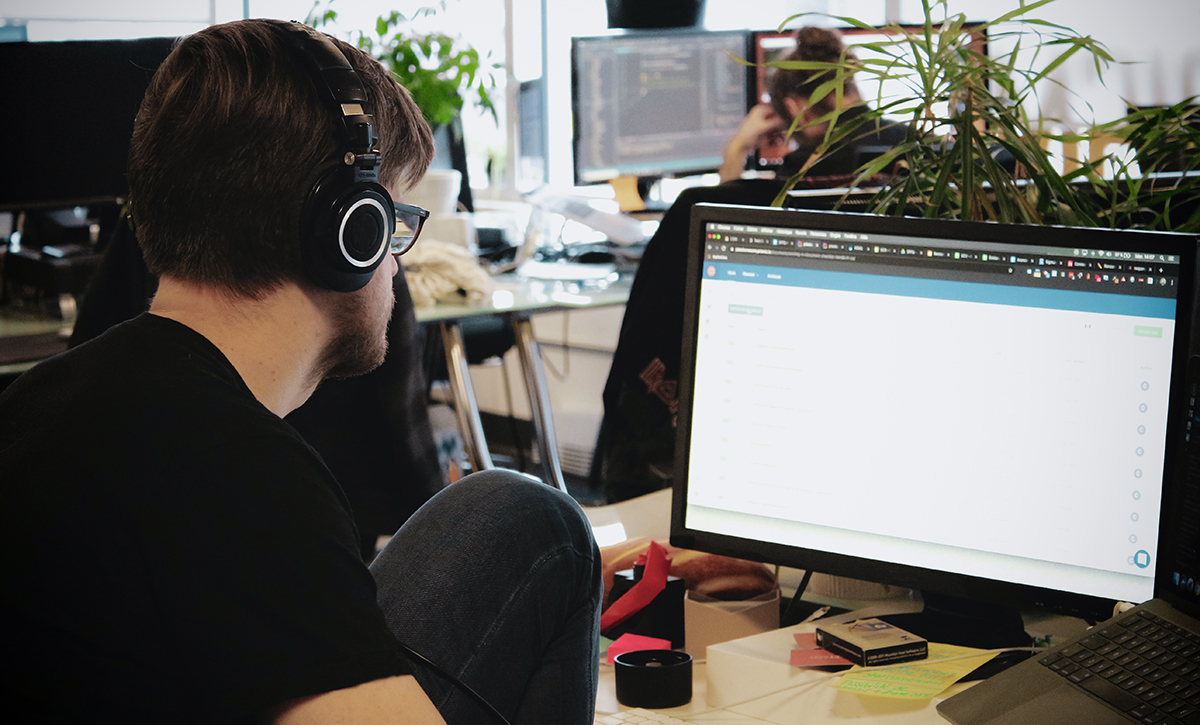Of course, before all this, you have to find work. Options are numerous, and competition over the most coveted jobs can be fierce. The employment situation is not good in all industries, and subsistence can be uncertain. On top of everything else, the repayment of the student loan you took out in your student years is lurking in the background. Fortunately, working life is full of opportunities. The PIRSSI project aims to chart those opportunities and put the information in a format that is understandable to students and graduates.
In the project, we investigated, among other things, students’ experiences of working life. We conducted a survey for students of architecture and building architecture in Finland. We heard views from students with experience of both salaried employment and self-employment. With many open questions, the survey provided several viewpoints on students’ experiences. Some found getting work or even getting an interview to be challenging. Some respondents criticised employers’ tendency to give students simple and unchallenging work, tasks that are not versatile and formative enough to foster students’ development. Others recounted experiences of success, accomplishing challenging work tasks and getting positive feedback from the workplace community.
I have studied architecture at the Tampere Universities for six years now, and, during that time, I have got the opportunity to explore what it is like to work at an architecture office and, like my fellow students, sneaked a peek at the real world of architectural design. My experiences of working life so far are mostly positive. The employment situation in the construction industry has been good for quite a while now, and architecture students can get summer jobs or part-time work during their studies at architecture offices relatively easily. It has been inspiring to get involved in the world of architecture offices, and, for example, learning to use design software is much more efficient at work than at the university because, at work, you tend to use it for eight hours a day.
Still, work tasks given to students can be quite monotonous. You hear various stories about this. Some people use the provocative term CAD slave to describe their role at the workplace. CAD is an abbreviation for the term computer-aided design, referring to data modelling software used at architecture offices. Admittedly, perpetual monotonous, repetitive tasks of drawing diagrams do not provide diverse support for students’ development or give a comprehensive idea of design project work.
Of course, this is not the whole truth. Especially students working at smaller offices have reported receiving diverse and motivating work tasks. I think that students can also influence the kind of tasks they are given if they dare to speak up and express their wishes to their employer. Certainly, this can be difficult since it may not feel natural to make extra demands in your first job. However, the ability to have an open discussion is a skill that you need in working life anyway.
Many respondents to the working life survey had also utilised different forms of self-employment. Some had accumulated work experience through sporadic assignments or become light entrepreneurs. Respondents appreciated the freedom brought on by self-employment. The liberty to decide what projects to take allows you to choose assignments that suit your values. Concerns included greater responsibility compared to salaried work and insecurity about sufficient work and income.
I have not yet had a chance to explore the opportunities provided by self-employment, but many of my friends have, for example, undertaken various kinds of assignments during their studies. A friend who is a photography aficionado registered a company, created a website and started doing occasional photography gigs. Another friend got a tip from an acquaintance about a design job for a private person and employed theirself after graduation as a full-time entrepreneur. Entrepreneurship provides plenty of opportunities, but many people also deem the threshold of becoming an entrepreneur to be high. Entrepreneurship entails new things and different kinds of paperwork, learning the ropes of which can feel complicated. This was the opinion of many students who responded to the survey. For me, the thought of becoming a light entrepreneur, for example, feels alien precisely due to the challenging-sounding paperwork. Then again, the work itself sounds attractive due to the freedom it endows. When you manage your business yourself, you can customise it, which makes you more passionate about your work.
These days, you hear a lot of talk about how working life is changing and how careers will be more versatile and flexible in the future. Monotonous work will decrease due to automation. Workers are required to constantly update their skill set and be ready to learn new things. Due to the coronavirus pandemic, remote work has already become a permanent part of working life. People’s income will possibly consist of several smaller sources. Different forms of self-employment are also becoming more common. I am excited to see what the PIRSSI project can offer to make this complex picture clearer.
Jyri Marttunen
The author is a sixth-year student of architecture.
English translation: Mira Kainulainen
Photo: Sigmund, Unsplash



